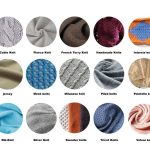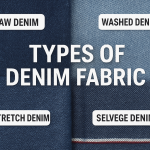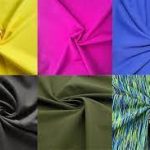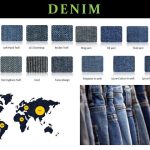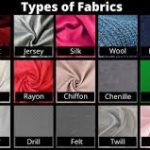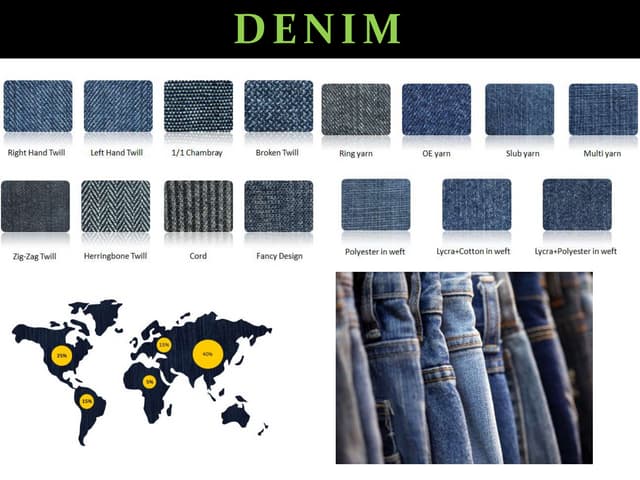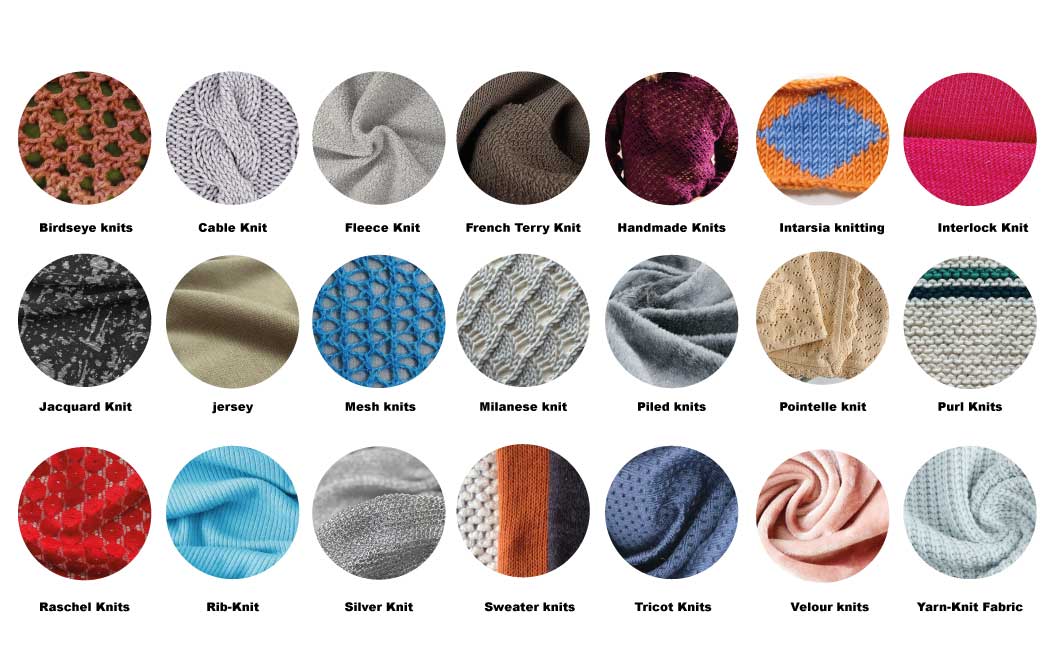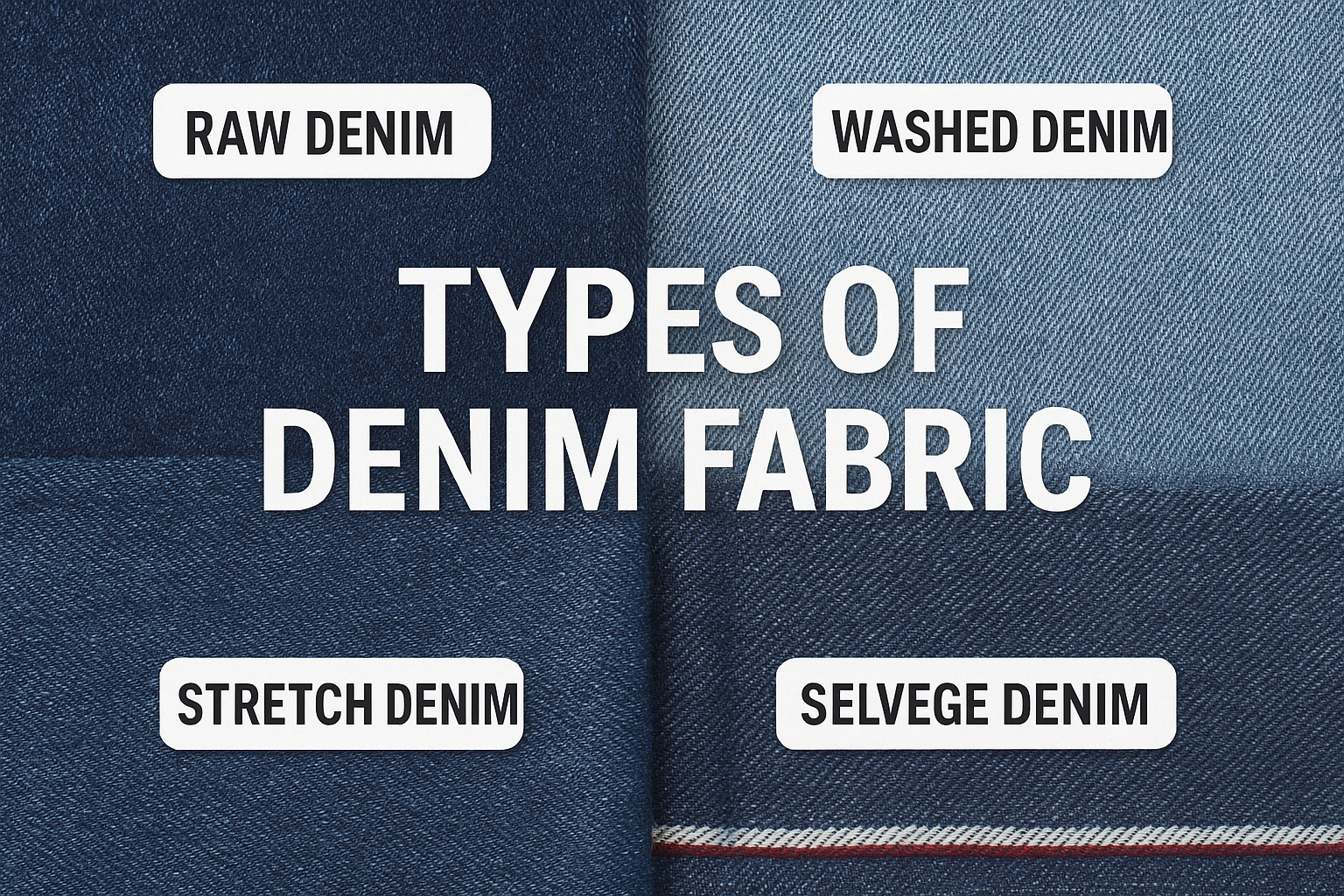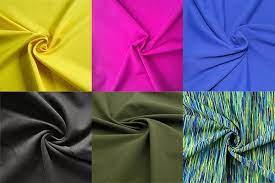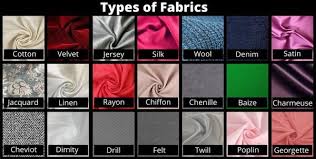“Denim Fabric Explained: Raw, Selvedge, Stretch & More”
1. Introduction to Denim
Denim is a durable cotton twill fabric characterized by a diagonal ribbing pattern. Traditionally, it is dyed with indigo to give it a deep blue color, while the reverse side remains white. The word “denim” comes from “serge de Nîmes,” indicating its origins in Nîmes, France, in the 17th century. Over the years, denim has evolved in texture, color, and finish, giving rise to numerous variations suitable for fashion, workwear, and luxury garments.
Key Properties of Denim
- Durability: Strong weave makes it long-lasting.
- Comfort: Softens over time with wear and washing.
- Versatility: Suitable for casual and formal wear.
- Fashionability: Can be processed with various washes, colors, and treatments.
2. Raw Denim (Dry Denim)

Definition: Raw denim is untreated, unwashed denim straight from the loom.
Composition: 100% cotton or cotton blends with minimal elasticity.
Characteristics:
- Dark indigo color, usually deep and rich.
- Stiff texture that gradually softens with wear.
- Develops unique fading patterns over time, such as whiskers and honeycombs.
- Very durable and long-lasting.
Uses: Premium jeans, high-end jackets, designer denim wear.
Advantages:
- Long-lasting and develops a unique, personalized fade.
- Maintains original dark color initially.
Disadvantages:
- Stiff and uncomfortable initially.
- Requires time and effort to break in.
Fashion Note: Raw denim enthusiasts often avoid washing the fabric for months to allow natural creases and fades to form.
3. Selvedge Denim

Definition: Selvedge denim refers to denim with a self-finished edge that prevents fraying, typically woven on old-fashioned shuttle looms.
Composition: High-quality cotton, often with some stretch fibers.
Characteristics:
- Smooth and tightly woven fabric.
- Durable and resistant to fraying.
- Usually more expensive due to the weaving method.
- Classic clean edge with a colored line (often red) along the selvedge.
Uses: Premium jeans, designer clothing, collectible denim.
Advantages:
- Longevity and superior durability.
- High aesthetic value.
- Authentic vintage look.
Disadvantages:
- Expensive.
- Limited availability compared to regular denim.
Fashion Note: Selvedge denim is often considered a mark of quality and craftsmanship in the denim industry.
4. Stretch Denim
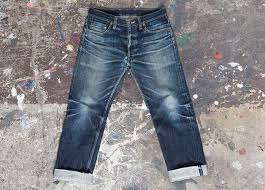
Definition: Stretch denim is a blend of cotton and elastic fibers such as elastane, Lycra, or spandex.
Composition: Typically 98–99% cotton and 1–2% elastane.
Characteristics:
- Soft and flexible.
- Provides comfort and freedom of movement.
- Retains shape after repeated wear.
- Can be both light and heavyweight.
Uses: Skinny jeans, jeggings, fitted jackets, casual wear.
Advantages:
- Comfortable for daily wear.
- Allows for body-hugging styles.
- Retains form and reduces bagging.
Disadvantages:
- Slightly less durable than 100% cotton denim.
- Heat-sensitive; may lose elasticity with excessive washing or ironing.
Fashion Note: Stretch denim revolutionized women’s fashion, making skinny jeans and fitted denim wear mainstream.
5. Washed Denim
Definition: Washed denim has been processed to soften the fabric or create a specific visual effect.
Types of Washed Denim:
- Stone Wash: Uses pumice stones to give denim a worn, faded look.
- Acid Wash: Creates a marbled, vintage look using chemicals.
- Enzyme Wash: Softens denim naturally using enzymes instead of harsh chemicals.
Characteristics:
- Softer and more comfortable than raw denim.
- Varies in color and texture depending on the washing technique.
- Can mimic vintage or distressed styles.
Uses: Casual jeans, fashion denim, jackets.
Advantages:
- Immediate comfort and softness.
- Trendy and stylish appearances.
- Versatile for different fashion styles.
Disadvantages:
- Less durable than raw or selvedge denim.
- Over-washing can weaken fibers.
Fashion Note: Washed denim is often preferred for its aesthetic appeal and instant wearability.
6. Colored Denim
Definition: Denim dyed in colors other than the traditional indigo.
Composition: Cotton or cotton blends.
Characteristics:
- Available in a wide variety of shades.
- Can be combined with washes for unique textures.
- Maintains denim’s durability while offering style flexibility.
Uses: Fashion jeans, skirts, jackets, accessories.
Advantages:
- Provides fashion versatility.
- Suitable for themed collections or seasonal trends.
Disadvantages:
- Color fading over time.
- May require careful washing to maintain color.
Fashion Note: Colored denim is popular in youth fashion and streetwear.
7. Lightweight Denim
Definition: Denim with a thinner, lighter weave, usually under 10 oz/yard².
Characteristics:
- Soft and breathable.
- Suitable for warmer climates.
- Easy to layer and drape.
Uses: Shirts, summer dresses, light jackets, casual wear.
Advantages:
- Comfortable in hot weather.
- Versatile for layering.
Disadvantages:
- Less durable than heavyweight denim.
- May fade more quickly.
Fashion Note: Lightweight denim is ideal for spring and summer collections.
8. Heavyweight Denim
Definition: Denim that is thick and robust, usually 12–16 oz/yard² or more.
Characteristics:
- Very durable and rigid.
- Holds shape well.
- Often used for workwear and protective garments.
Uses: Work pants, jackets, protective clothing, heavyweight jeans.
Advantages:
- Long-lasting and tough.
- Offers protection in work environments.
Disadvantages:
- Stiff initially.
- Less comfortable without breaking in.
Fashion Note: Heavyweight denim is often used in classic workwear and heritage-style jeans.
9. Stretch Selvedge Denim
Definition: Combines the durability and aesthetic of selvedge denim with the comfort of stretch fibers.
Characteristics:
- Strong yet flexible.
- Retains selvedge edge.
- Comfort for modern body-hugging designs.
Uses: Premium skinny jeans, designer denim wear.
Advantages:
- Offers the best of both worlds: durability and comfort.
- Fashionable and premium quality.
Disadvantages:
- Expensive due to advanced weaving.
- Less traditional in raw denim culture.
10. Raw Stretch Denim
Definition: Unwashed denim with added stretch fibers.
Characteristics:**
- Stiff initially like raw denim but molds to the body.
- Allows for comfortable fit.
- Unique fading patterns develop over time.
Uses: Modern jeans for both men and women, fashion-oriented denim.
Advantages:**
- Retains original indigo color.
- Combines durability and comfort.
Disadvantages:**
- Requires break-in time.
- More expensive than non-stretch denim.
11. Denim Blends
Definition: Denim blended with fibers like polyester, linen, or silk.
Characteristics:
- Can improve softness, durability, or drape.
- Offers unique textures and finishes.
Uses: Designer wear, casual wear, formal denim shirts, dresses.
Advantages:
- Versatile and can be tailored for specific fashion needs.
- Can improve maintenance (less shrinkage).
Disadvantages:
- Not as traditional as 100% cotton denim.
- Some blends may compromise breathability.
12. Specialty Denim Types
A. Japanese Denim
- Known for premium quality and traditional weaving techniques.
- Often made on shuttle looms, producing selvedge denim.
- Prized for durability and aesthetic fading.
B. Organic Denim
- Made from organic cotton.
- Environmentally friendly, chemical-free.
- Appeals to eco-conscious consumers.
C. Recycled Denim
- Made from recycled cotton or denim scraps.
- Sustainable and eco-friendly.
- Used in limited edition collections or eco-focused brands.
D. Coated or Waxed Denim
- Denim treated with wax or coating.
- Water-resistant and durable.
- Fashionable, edgy look for jackets and outerwear.
E. Acid/Distressed Denim
- Denim intentionally treated to appear worn or vintage.
- Includes techniques like sanding, bleaching, or laser treatments.
- Popular in streetwear and high-fashion jeans.
3. Weaving Techniques and Their Impact
- Twill Weave: Classic diagonal pattern, durable, and gives denim its signature look.
- Right-Hand Twill (RHT): Diagonal runs from top-right to bottom-left.
- Left-Hand Twill (LHT): Diagonal runs from top-left to bottom-right, softer texture.
- Broken Twill: Zig-zag pattern, less diagonal visibility, more softness.
- Selvedge Weave: Uses shuttle looms for clean edges and premium quality.
14. Finishing Techniques
- Sanforization: Pre-shrinks denim to prevent post-purchase shrinkage.
- Stone Washing: Creates a worn, vintage look.
- Enzyme Washing: Softens fabric naturally.
- Bleaching: Lightens denim for fashion trends.
- Tinting/Dyeing: Adds colors or enhances fades.
- Coating/Waxing: Adds texture, water resistance, and fashion appeal.
15. Conclusion
Denim is an ever-evolving fabric with a rich history and endless possibilities. From raw selvedge to stretch blends, lightweight summer denim to rugged heavyweight workwear, each type offers unique characteristics suited for specific fashion, comfort, and functional needs. Understanding these variations allows consumers, designers, and manufacturers to make informed choices and appreciate denim’s versatility and cultural significance. Whether for casual fashion, workwear, or premium designer collections, the right type of denim fabric can elevate any garment.
